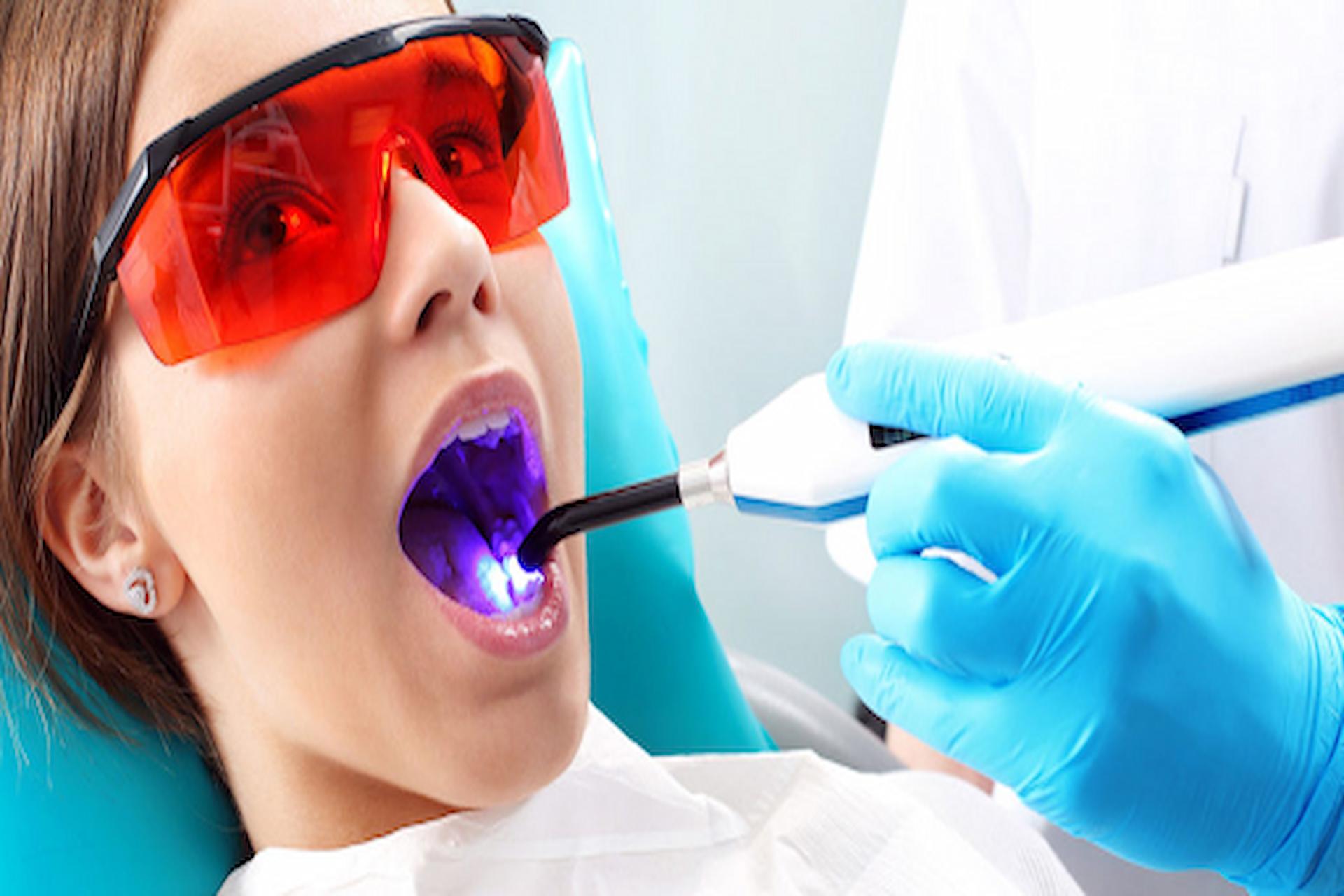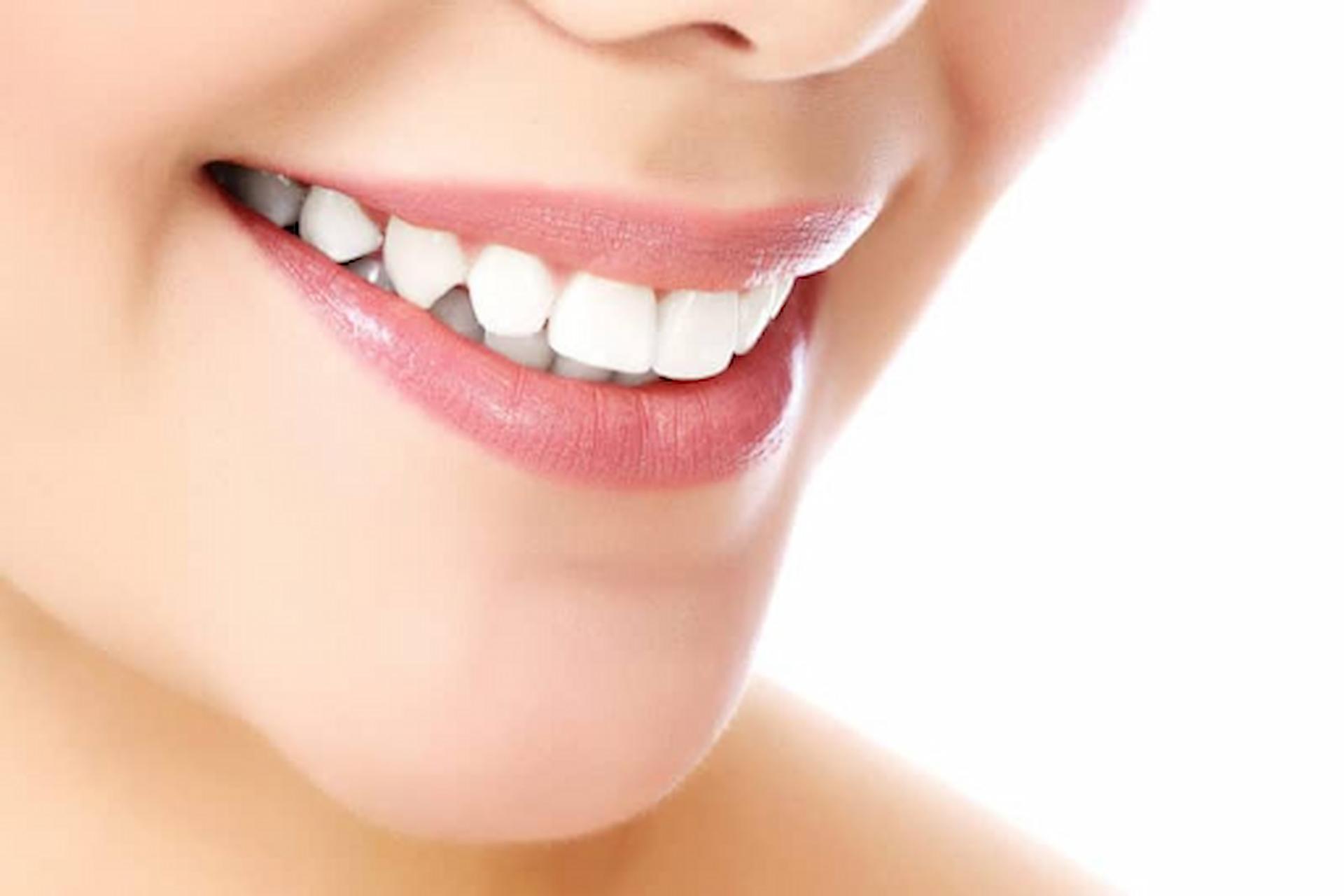Generally, all people prefer to find effective ways to eliminate the staining built up on their enamels over several years. Among the wide range of practical methods offered by cosmetic dentistry science, whitening strips are the low-cost option that can help you gain what you love. According to a dentist offering affordable teeth whitening in Vancouver, whitening strips can play an essential role in removing dental stains from the surfaces of your healthy teeth, but there are a few disadvantages that you should be aware of before starting to use them. Thus, stay with us until the end to learn all the vital points about this beneficial option of teeth whitening treatment.
The Process Of Removing Dental Stains With Whitening Strips
Generally, flexible plastic is needed to create teeth-whitening strips. This whitening product is coated with a minor amount of hydrogen peroxide gels. Once these practical strips are applied to your stained teeth, this effective whitening gel is firmly pressed against the outer surface of your yellowish teeth and starts its brightening procedure immediately. It is said that the use of whitening strips should be repeated for at least two weeks to achieve the expected results.
Unwanted Complications
Although people are commonly asked to hold the whitening strips in the correct places carefully, there’s a possibility that some spots remain uncovered with strips; therefore, you may see some spots on your enamels that are as white as other areas.
As mentioned above, whitening strips contain thin layers of bleaching agents to remove dental stains. However, these chemicals are not as strong as those used in your dentists’ offices; in some cases, they can damage the enamels of your teeth, other soft tissues, or gums. Therefore, you should use scissors to properly cut the whitening strips and fit them with your smiles.
Dental sensitivity is one of the significant drawbacks commonly experienced after undergoing various teeth whitening systems. Therefore, overusing teeth whitening products, especially whitening strips, not only causes unbearable pain but the risk of dental decay or even tooth loss will be highly increased. Making sure your teeth are healthy and free from dental cavities before applying whitening strips over them will be beneficial to avoid further complications. The following items are the practical techniques to relieve dental sensitivity after using whitening strips:
Generally, tooth sensitivity will be improved naturally a few hours after your whitening process is completed. However, some special types of toothpaste are designed to relieve your dental sensitivity.
Gum irritation is another side effect that rarely occur while you are using whitening strips.

Essential Guidelines To Avoid Worsened Drawbacks
The process of using whitening products should be immediately stopped as soon as you notice any minor to severe side effects. Consulting with well-trained dentists is the ideal way to realize other methods available to avoid further risks.
Nowadays, whitening strips that contain various concentrations of bleaching agents are available all over the world. Therefore, if you experience tooth sensitivity, you can use other types with a lower concentration of whitening chemicals.
Finally, if it is the first time you decide to use teeth whitening products, don’t choose the options that create faster results because more severe side effects may follow them.

